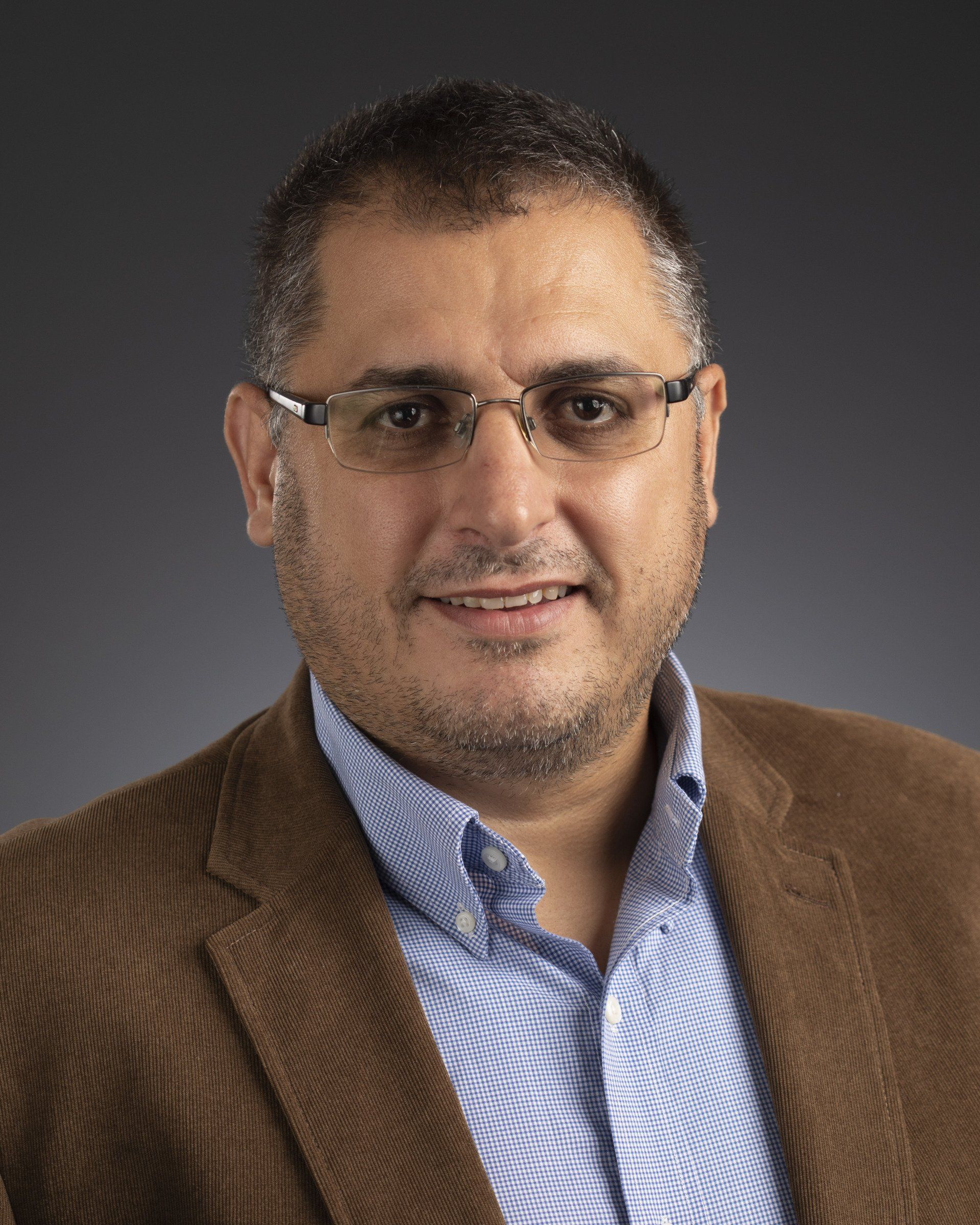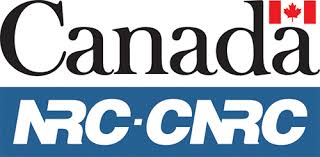Suction Blow Molding Process Simulation using BlowView Software:
A Case Study
Session 1B - Innovations in Blow Molding
Tuesday, September 13, 2022
1:30 - 2:00 p.m.
(see full conference schedule)
Presentation Description:
The suction blow molding process is commonly used to produce lower-cost three-dimensional convoluted tubular ducts, as a single plastic piece with less flash and without pinch zones, which cannot be achieved by other processes. Applications in the automotive sector include fuel filler pipes, convoluted coolant pipes, and induction cold and hot charge air side ducts for both low and high-pressure applications. In this process, the half mold parts first close together to form the part mold cavity, and then parison is extruded from the die exit into the closed cavity. The parison floats on an air stream generated by a suction device at the exit of the cavity. The parison is drawn down through the mold contours, while support air flow is blown inside the parison from the upper end to prevent it from collapsing. When the mold is filled, sliders close the upper and lower ends of the parison and it is then inflated against the cavity walls by needles located at the parison ends.
According to the literature, no numerical simulation tool for the suction blow molding process is available on the software engineering market. The absence of a real design and decision-making tool represents one of the major obstacles to the exploitation and democratization of this process. Therefore, major efforts have been made at the NRC to extend the simulation capabilities of our BlowView software to digitally model this innovative process. In this presentation we will provide a brief recall on mathematical formulation of
fluid-structure interaction model for predicting parison deformation (i.e., stretching, twisting and bending during the suction stage). The focus will then be to present an exhaustive simulation-validation case study where the predicted part thickness distribution, weight and shape will be compared to experimental measurements for various processing conditions.
Speaker Biography:
Zohir Benrabah is a Research Officer at NRC’s Automotive and Surface Transportation Research Center in Boucherville, Quebec, Canada, where he is involved in the development of the finite element software, BlowView, dedicated to simulating and optimizing blow molding processes such as: Conventional and Twin Sheet Extrusion, Stretch, Thermoforming, and most recently Suction Blow Molding. His principal interest is in process numerical modelling and problem-solving type work, typically combining numerical and experimental components. Zohir hold a Bachelor's and Master degree in Mechanical Engineering and he completed his Ph.D. in 2002 in computational structure at Laval University in Quebec City, Canada. He has written over 40 papers on the simulation of thermoplastic forming processes.


